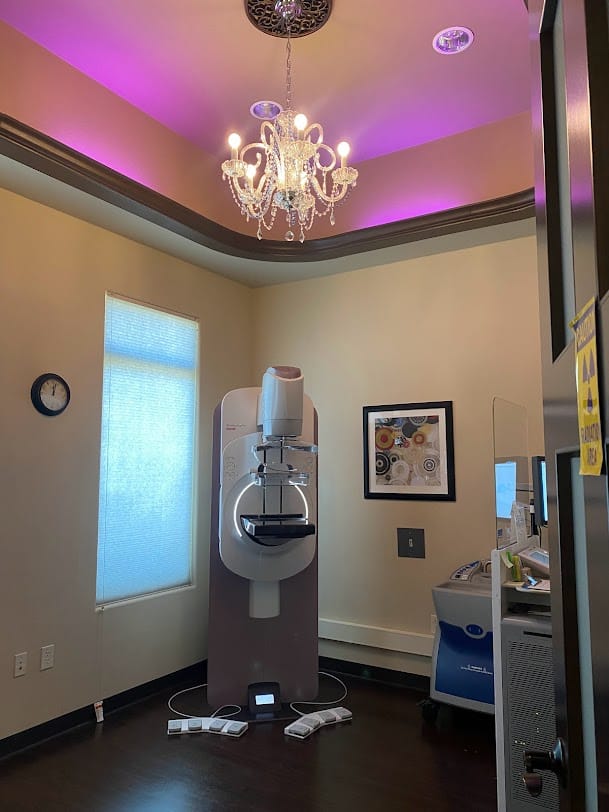

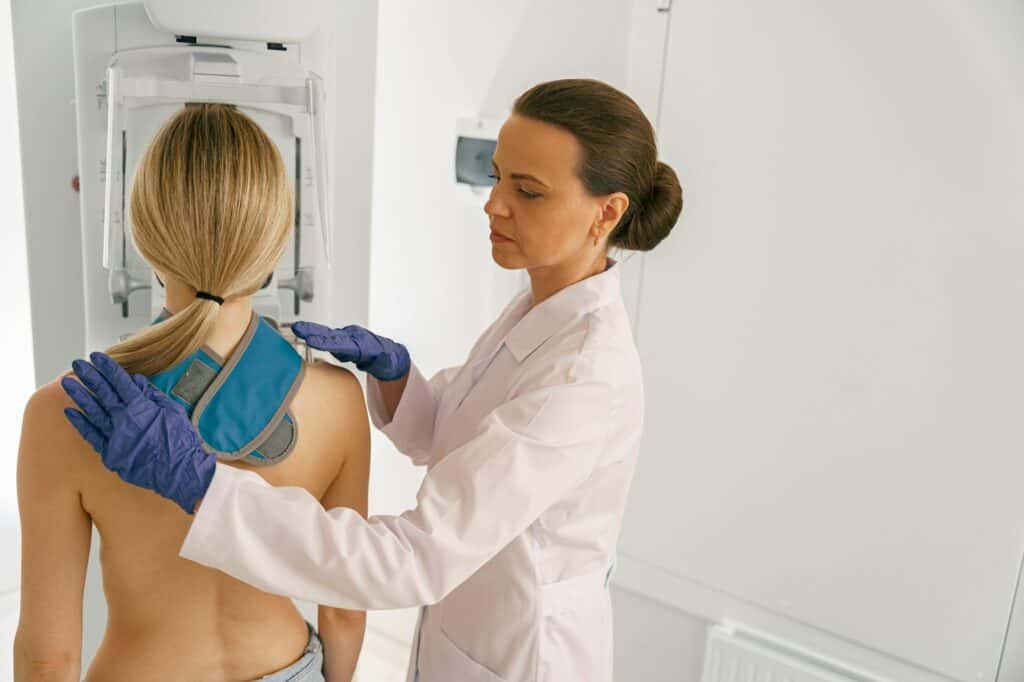
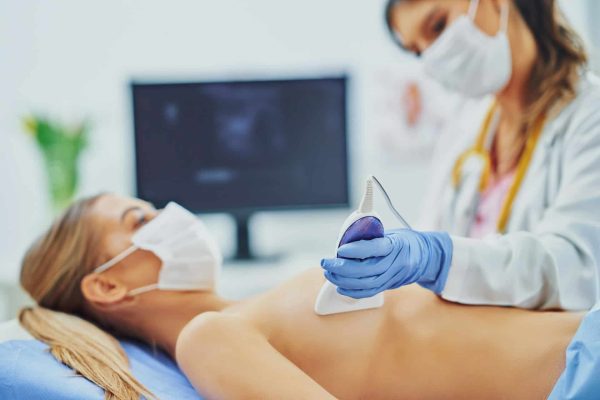
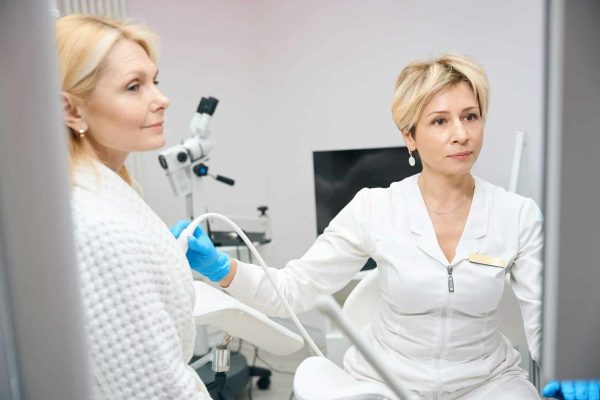

A breast biopsy is a procedure to remove a sample of breast tissue for lab analysis.
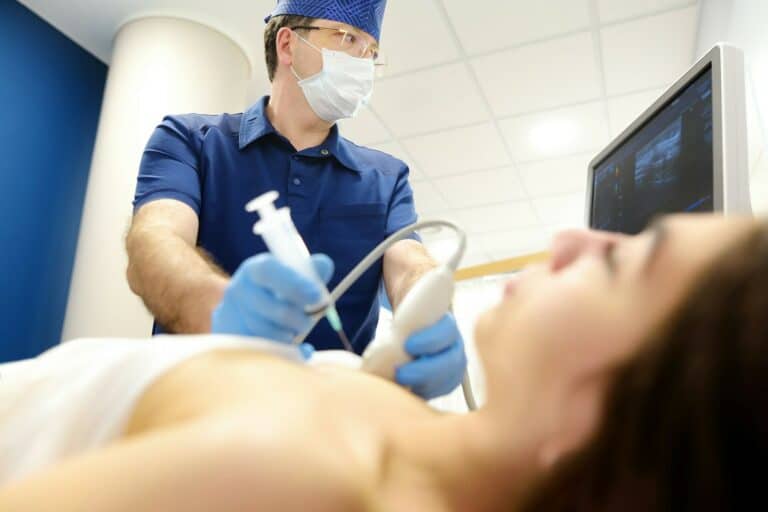
Procedure used to safely remove fluid from a breast cyst for diagnostic purposes.
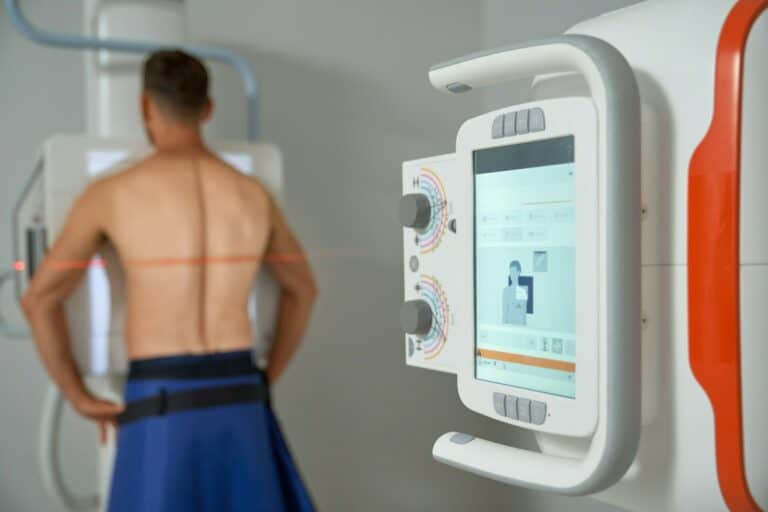
Male breast cancer can be overlooked. We provide specialized detection services.
I will not hesitate to return to Eve’s/MedX for any necessary imaging. I have been recommending them since my first appointment and have already scheduled my six-month follow-up visit.
Dr. Khan is very knowledgeable and thorough and her office staff are very nice. Prices are affordable and you don't get charged a facility fee like other big hospitals charge. Git an appointment fast and easy. I will definitely be going back for any future imaging needed. I highly recommend.
The best imaging and breast center in Texas. I have never felt so thoroughly taken care of and I truly trust Sarah with my preventative health. Excellent facilities and staff. Just can't find this kind of practice anymore. I'm truly blown away.
Dr Khan has a great bedside manner. She is through and kind, and she clearly has her patient's best interest at heart. The facility is clean and pretty which makes one feel more comfortable. I have confidence in Dr Khan and am glad to have found Eve's! Plus, the prices here are very competitive and affordable.
This is the most amazing place please give them a call it just might save ur life they will go above and beyond for anyone if you don’t have insurance you can still come in she takes all no matter what your income is tell all the women you know friends family coworkers etc I can’t say, enough, I know for a fact her and her staff care about your overall well-being I cannot remember all their names but they were all so sweet and The atmosphere is very calming when they give you a phone call to make your appointment that was also great if you are a doctor’s office, please refer your patients here let’s keep this wonderful place in business spread the word to anyone you know I drove all the way from Arlington It was worth the drive I recommend Eve’s breast center to everyone 10 out of 10 all races All walks of life should come here I can’t thank them enough! 🙂